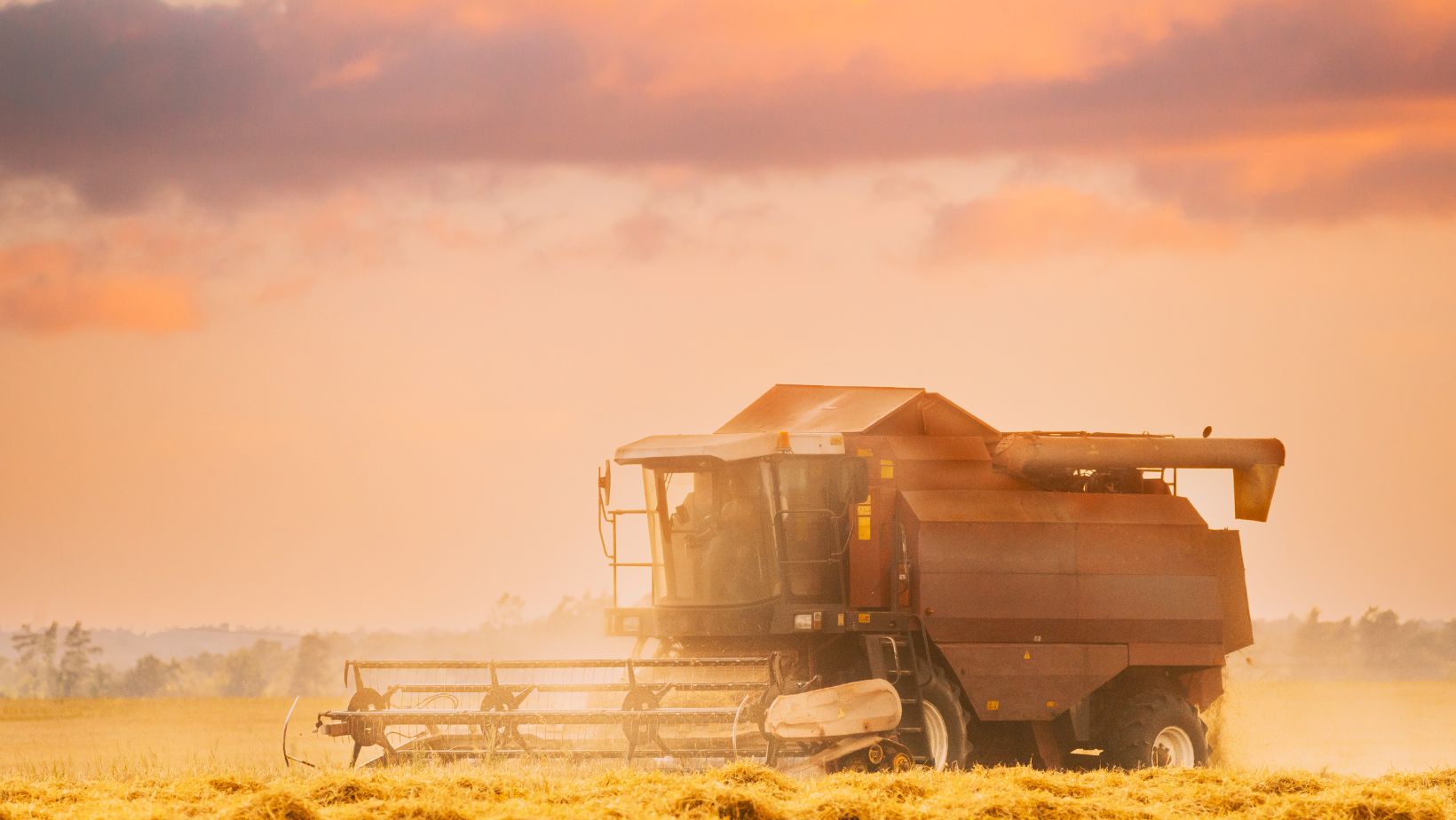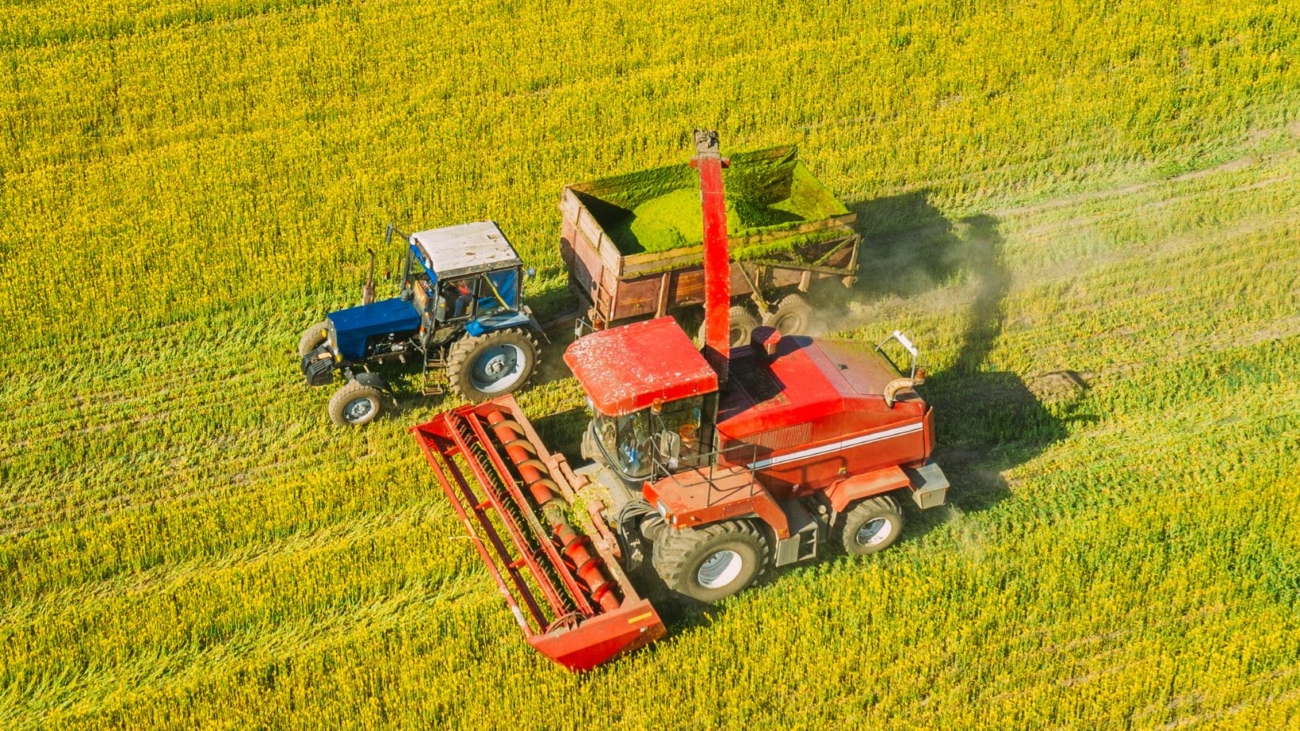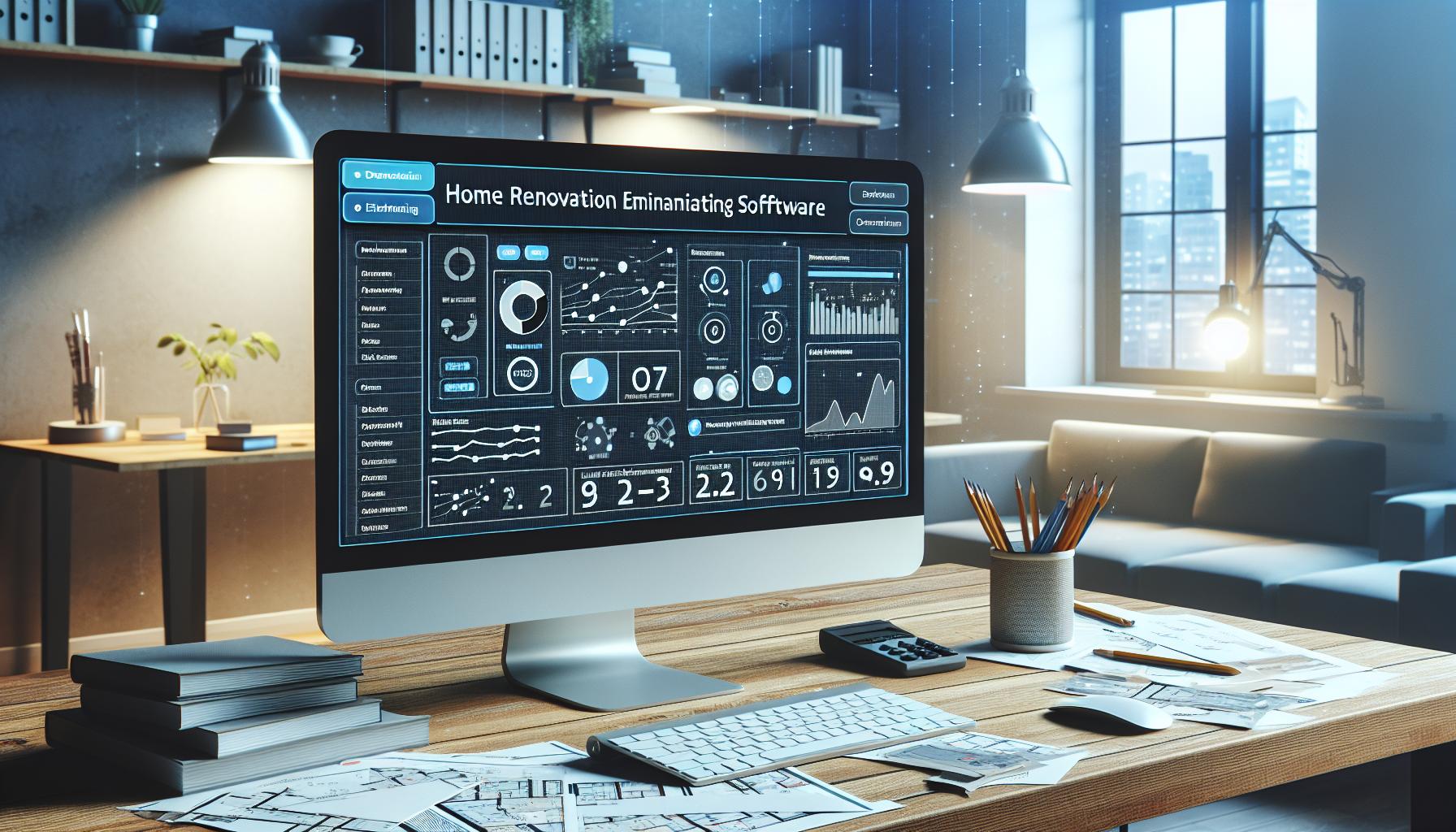Key Takeaways
- Boosted Productivity: Agricultural mechanization increases crop yields by 30-50%, enabling farmers to cultivate larger areas more efficiently than traditional methods.
- Cost Efficiency: Reduced labor requirements and optimized resource use lead to production cost savings of 20-30%, enhancing overall farm profitability.
- Environmental Sustainability: Mechanization promotes sustainable farming practices, minimizes soil erosion, and optimizes resource use, contributing to healthier ecosystems.
- Improved Labor Conditions: Mechanization reduces physical strain on workers, encouraging better wages and stable job opportunities within farming communities.
- Enhanced Food Security: Higher and more consistent crop yields provided by mechanization help stabilize food supply chains, addressing food shortages amid rising global demand.
- Technological Integration: Advancements like precision agriculture and smart machinery enhance farming efficiency, empowering farmers with data-driven tools for better decision-making.
In today’s fast-paced world, agricultural mechanization stands out as a game changer for farmers. By integrating advanced machinery into farming practices, producers can boost efficiency and productivity like never before. This shift not only enhances crop yields but also helps in reducing labor costs, making farming more sustainable and profitable.
As the global population continues to rise, the demand for food increases, placing immense pressure on agricultural systems. Mechanization offers a viable solution to meet these challenges, allowing farmers to cultivate larger areas with precision and speed. Embracing technology in agriculture paves the way for innovative practices that can transform the industry, ensuring food security for future generations.
Benefits of Agricultural Mechanization
Agricultural mechanization refers to the use of machinery and equipment to enhance agricultural production and efficiency. This practice transforms traditional farming methods, facilitating various processes such as tilling, planting, and harvesting. Mechanized agriculture plays a vital role in increasing overall productivity by allowing farmers to operate larger areas in shorter timeframes.
Key machinery includes tractors, harvesters, and planters, each designed to perform specific agricultural tasks. Tractors, for instance, provide the necessary power for plowing and other field operations. Harvesters streamline the collection of crops, significantly reducing the time and labor involved in traditional harvesting methods. Planters ensure precise seed placement, improving crop density and uniformity.
Adoption rates of agricultural mechanization vary by region, influenced by factors such as economic resources, technological access, and local farming practices. In developed countries, mechanization is widespread, with many farms relying heavily on advanced technologies. In contrast, developing nations may experience slower adoption due to financial constraints and limited access to machinery.
Agricultural mechanization improves efficiency, boosts productivity, and enables farmers to meet the rising global food demand effectively. Its continued development signals a crucial advancement in sustainable farming practices, addressing both present and future agricultural challenges.
Economic Benefits
Economic benefits of agricultural mechanization significantly influence farming operations. Mechanization leads to improved efficiency and profitability for farmers.
Increased Productivity
Increased productivity arises from the adoption of advanced machinery. Tractors, harvesters, and automated systems facilitate faster cultivation, planting, and harvesting processes. According to the Food and Agriculture Organization (FAO), mechanized farms can yield up to 30-50% more crops than manual methods. Moreover, mechanization allows farmers to cultivate larger areas in less time, enabling them to meet growing food demands efficiently. This boost in productivity directly correlates with improved income for farmers, allowing for reinvestment in their operations and community development.
Cost Efficiency
Cost efficiency emerges from reduced labor requirements and optimized resource use. Mechanization decreases the reliance on manual labor, which can lead to lower overhead costs. For instance, using a combine harvester can replace the need for multiple workers, thus significantly reducing labor costs. Additionally, machinery helps optimize inputs like seeds, fertilizers, and water, minimizing waste and enhancing profitability. The World Bank reports that mechanized agriculture can cut production costs by 20-30%. As farmers embrace mechanization, they achieve a more sustainable economic model, balancing productivity with cost control.
Environmental Benefits
Agricultural mechanization offers several environmental advantages that contribute to more sustainable farming practices and healthier ecosystems. These benefits include sustainable practices and reduced soil erosion.
Sustainable Practices
Mechanization promotes sustainable agricultural practices by optimizing resource use. Efficient machinery minimizes the over-application of inputs, such as fertilizers and pesticides, decreasing runoff into water sources. Precision farming techniques, supported by advanced technologies like GPS and drones, enable farmers to precisely monitor and manage crop health. This approach reduces inputs and enhances yield, leading to more responsible land use. Additionally, automated systems for irrigation conserve water by ensuring crops receive only the necessary amount, significantly lowering water wastage.
Reduced Soil Erosion
Mechanization significantly reduces soil erosion through improved tillage methods. Controlled traffic farming uses specific machinery paths, minimizing soil compaction and disturbance while maintaining soil structure. Conservation tillage practices, facilitated by specialized equipment, preserve soil cover and enhance organic matter. These methods lead to healthier soils, promoting biodiversity and increasing the soil’s capacity to capture and retain water. Furthermore, a well-structured approach to planting and harvesting reduces the likelihood of soil displacement during extreme weather events.
Social Benefits
Agricultural mechanization significantly contributes to social improvement within farming communities. It enhances labor conditions and supports food security, fostering a more resilient agricultural sector.
Improved Labor Conditions
 Improved labor conditions arise from the adoption of machinery in farming practices. Mechanization reduces physical strain on workers, decreasing the likelihood of injuries associated with manual labor. For example, tractors and harvesters handle heavy lifting and transportation tasks, allowing individuals to focus on more skilled activities. Furthermore, mechanization encourages the creation of more stable job opportunities, as farms require workers to operate and maintain advanced equipment. These roles often offer better wages and working conditions compared to traditional manual labor, promoting a more sustainable livelihood for agricultural workers.
Improved labor conditions arise from the adoption of machinery in farming practices. Mechanization reduces physical strain on workers, decreasing the likelihood of injuries associated with manual labor. For example, tractors and harvesters handle heavy lifting and transportation tasks, allowing individuals to focus on more skilled activities. Furthermore, mechanization encourages the creation of more stable job opportunities, as farms require workers to operate and maintain advanced equipment. These roles often offer better wages and working conditions compared to traditional manual labor, promoting a more sustainable livelihood for agricultural workers.
Enhanced Food Security
Enhanced food security results from the increased efficiency that agricultural mechanization offers. Mechanized farms produce higher crop yields, meeting the demands of a growing population. By cultivating larger areas of land with precision and speed, farmers can reduce food shortages and ensure that fresh produce reaches local markets. Statistical data indicates that mechanized farms achieve 30-50% greater yields than traditional methods. Additionally, mechanization promotes consistent production practices that help stabilize food supply chains, reducing vulnerability to price fluctuations and food scarcity in communities.
Technological Advancements
Technological advancements play a crucial role in the realm of agricultural mechanization. Innovations in machinery design, automation, and data analytics enhance the efficacy of farming practices.
- Precision Agriculture: Precision agriculture technologies, such as GPS-guided machinery and drones, enable farmers to optimize inputs. They facilitate accurate planting, irrigation, and fertilization, which boost productivity and resource management. Reports indicate that precision farming can improve crop yields by 10-20%.
- Automation: Automation technologies streamline labor-intensive tasks. Robotic systems for planting, harvesting, and packing reduce the dependency on manual labor, allowing farms to operate efficiently with fewer personnel. Mechanized harvesters can process crops up to 10 times faster than manual labor.
- Smart Machinery: Smart machinery equipped with IoT (Internet of Things) capabilities collects and analyzes data. These insights help farmers make informed decisions regarding crop health and operating conditions. Data-driven responses can enhance yield predictability and improve management practices.
- Biotechnology Integration: Agricultural machinery increasingly integrates biotechnological advancements. Tools designed for genetically modified organisms (GMOs) facilitate effective planting and management of crop variants resistant to pests and diseases. This integration contributes to higher crop resilience and reduces the need for chemical pesticides.
- Renewable Energy: The adoption of renewable energy sources in agricultural machinery reduces fossil fuel dependency. Solar-powered and electric equipment align with sustainable farming initiatives, lowering carbon footprints while maintaining efficiency.
- Digital Farming Platforms: Digital farming platforms provide farmers access to real-time data and analytics. They support resource planning, crop rotation strategies, and market analysis, allowing farmers to optimize their operations effectively.
Investing in technological advancements empowers farmers to adopt innovative practices that transform agricultural mechanics. These advancements yield numerous efficiencies, enhancing productivity and sustainability across farming operations.
Transformative Force in Modern Farming
Agricultural mechanization stands as a transformative force in modern farming. By embracing advanced machinery and technology, farmers can significantly boost productivity while ensuring sustainable practices. The benefits extend beyond mere efficiency; they encompass economic growth, environmental stewardship, and improved labor conditions.
As the global population continues to rise, the need for innovative solutions in agriculture becomes increasingly vital. Mechanization not only enhances food security but also empowers farmers to adapt to changing demands. By investing in mechanization, the agricultural sector can pave the way for a more resilient and prosperous future, ultimately benefiting communities and ecosystems alike.




